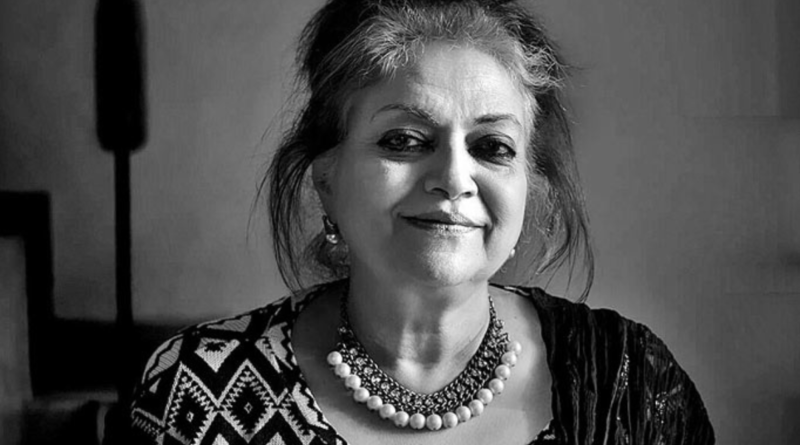Alka Pande’s Stunning New Collection Of 14 Books
The ‘108 Portraits of Indian Culture and Heritage’ collection of 14 collectible books, authored by art historian and curator Dr. Alka Pande, highlights 14 different fields, including art, architecture, items, crafts, and more. The immersive collection set is an encyclopaedic work that explores the evolution and past of Indian visual culture from antiquity to the present.
The author has used the prism of Indian art and aesthetics to explore the rich cultural past of the nation’s fascinating art, architecture, and cultural landscape, all while including anecdotal personal tales. Each book’s subject is told through 108 vignettes that are both textually and visually compelling. The Upanishadic heritage of Indian philosophy and its tremendous relevance in Indian art have led to the number 108 serving as a connecting element between the volumes in the series, allowing the histories and visuals of the subjects to interact with one another.
The volumes explore a variety of historical, cultural, and visual topics, including objects, dance, food, architecture, printmaking, crafts, music, traditional art, textiles, modern and contemporary art, photography, sculpture, and design. Every book starts with a personal narrative from the author, who discusses how her early experiences and exposure were crucial in exposing her to India’s many and rich cultures. In the book “108 Portraits of Indian Crafts,” she recalls her first encounter with “kumhaars,” or potters, at the home of her maternal grandmother in Meerut. From there, the book delves deeper into the beauty of the glazed pottery of the Indus Valley Civilization and eventually walks readers through the craftsmanship of various Indian states.
The author explores the designs of utilitarian objects in “108 Portraits of Indian Objects,” looking at how they are both artistically beautiful and functional. This book features the ubiquitous pot, or ‘lota’, on a regular basis. “108 Portraits of Indian Food” documents the cultural significance of food in the form of prasad, customs, or ceremonies. Before delving deeply into an analysis of global food culture, the reader is guided through a trip through the representation of food in literature and art. Before shedding light on contemporary fusion cuisines, the reader is taken inside royal kitchens and regional Indian cuisines through an examination of the archaeology of raw and prepared food.
The history of Indian textiles is lengthy, intricate, and rich. In addition to providing a fascinating examination of the intricate warp and weft techniques, “108 Portraits of Indian Textiles” also distinguishes between various costume types. The discussion includes the finer features of draped clothes, the stitched outfits of fashionable ‘chooridars’ and Mughal angrakhas, opulent silks and cotton, natural colours and dyes, brocades, and zardozi, all of which are complimented by a carefully chosen assortment of images of historical textiles, paintings, and sculptures.
The contributions of Amir Khusro to qawwali, Swami Haridas and Tansen to dhrupad, ancient Sanskrit and Tamil treatises, Purandaradasa, and the renowned “Trinity” to Carnatic music, Pandit Bhatkhande’s treatise on Hindustani classical music, and Rabindra Sangeet are just a few of the styles covered in “108 Portraits of Indian Music.” Richly contrasting this intriguing tale are descriptions and photos of musicians and instruments.
“Indian culture and legacy are extensive, multifaceted, and profoundly ingrained in spirituality, history, customs, and artistic expressions. It has been a tremendous undertaking to try and contain everything about Indian culture in one book. However, it has also been enlightening to observe how each discipline’s fascinating historical and modern journey is clearly captured in the collection of 14 volumes. The author, who was present at the recent Apeejay Kolkata Literary Festival, states, “This collection of books is my modest attempt to create an encyclopaedia for each discipline to help readers understand the development of a particular subject from its beginning to the present.”
Every book also has a takeaway, which could be a recipe (food), a tutorial on how to make jama (textile), or a thought-provoking read on the various kinds of aipan and how to make your own (traditional art). The purpose of adding these tidbits of knowledge and exercises to the conclusion of every book is to promote learning and engagement. The Artshila Trust is the publisher of the books, and their debut date is February 18.




